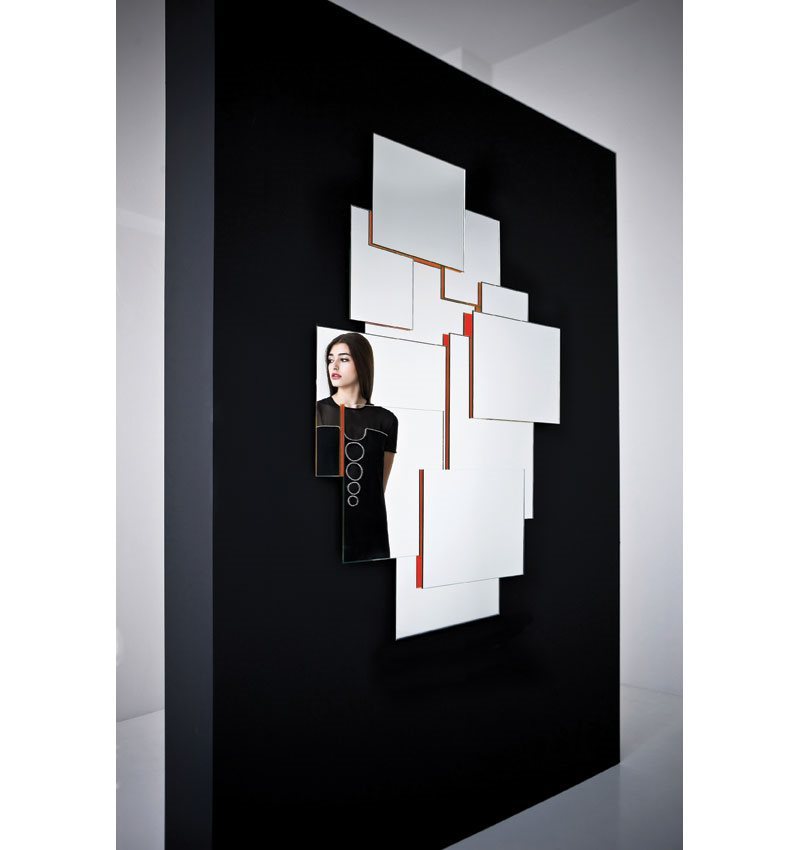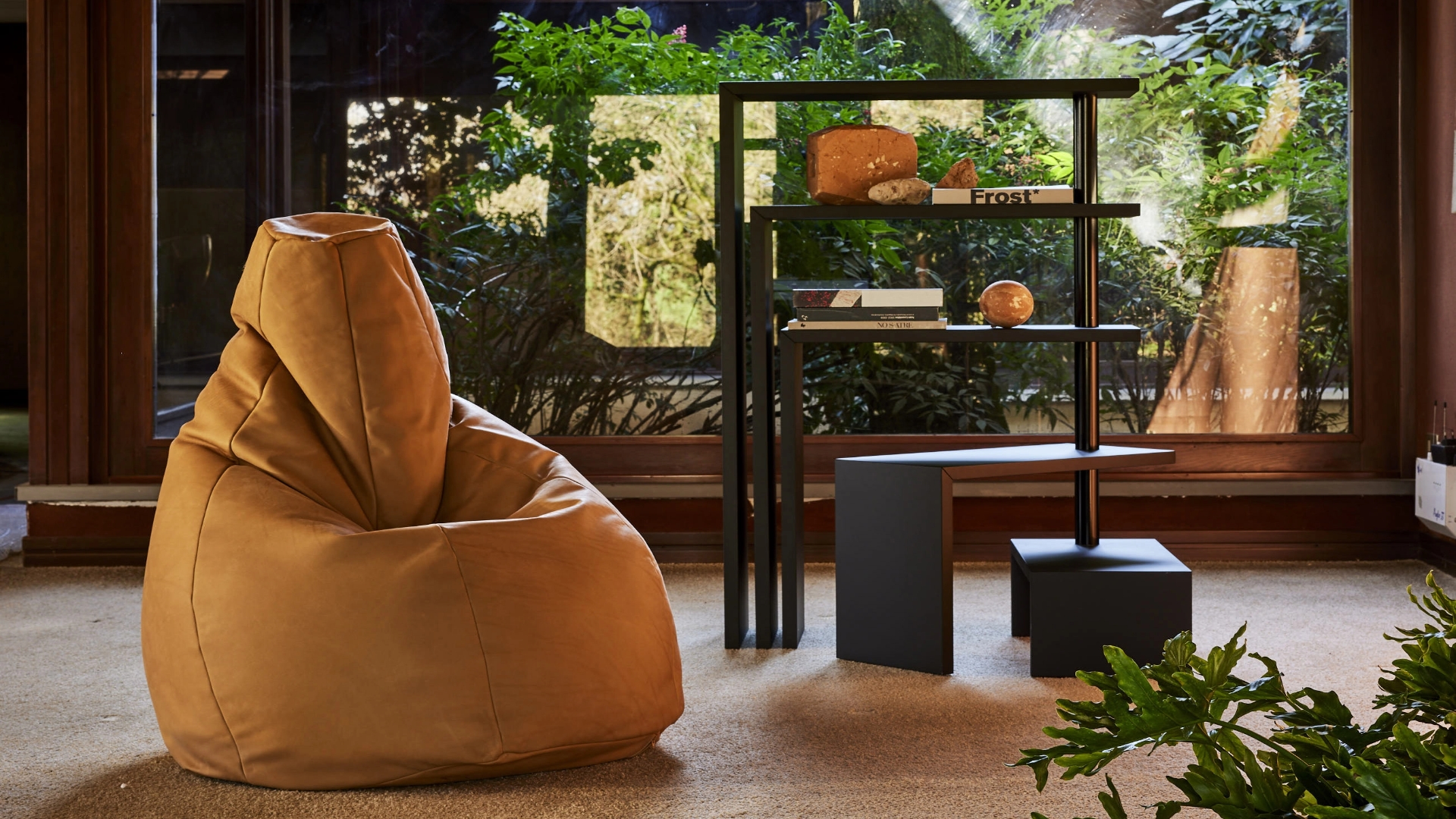Design by Gabriele Rosa
The
starting point was thinking about contemporary man and his complex and
schizophrenic personality.” And so young designer Gabriele Rosa started the
journey for Pablo’s project, the mirror that became part of Zanotta’s catalogue
in 2008. Today, the different looks and artistic possibilities are endless for
a simple and functional industrial product such as a mirror. And not only due
to its shape and style, but also for the technology used. We started with the
designer’s drawing and ended up with a technical revision where shape was tied
to the quality and functionality of the object. It appeared to be a series of
mirrors that could be freely hung at different heights and more or less
regularly on the wall. A sort of reflective collage. However, to produce it
industrially and make it effective and usable from practical point of view, it
had to be restyled with the designer without distorting the initial idea and
ornamental effect. The designer confirms: “I started with a three-dimensional
model on the computer, which was rendered and then sent to Zanotta. They liked
the project immediately but several modifications were necessary in order to
obtain the final product based on my idea. I was interested in using the
project to translate that feeling of instability and fragmentation that an
increasing number of people – especially at my age – is consciously
experiencing. I thought of a mirror. First of all, I tried taking a mirror and
dividing it into panels and then I understood that a more detailed group was
necessary, in which several mirrors were used at the same time. This led to the
creation of a “cluster”, a group of elements in a casual arrangement that could
maintain their independence. My idea evoked a technique used in photography to
compose large images using a collage of many small photos. I used David Hockney
as a specific reference. In addition, my passion for deconstructive appearance
or so-called “liquid modernity” contributed to the design: complex, fragmented
and dynamic. That is what I wanted. Elements with different dimensions,
superimposed at different levels in an apparently untidy manner.” The first
project envisaged every mirror with a wooden frame hung from the ceiling with a
thin wire. “The original wires made the product too unstable and we decided to
eliminate the frames because the crystal was cut using a laser,” says Rosa. And
hung this way close to each other, the mirrors tended to rotate and take on an
irregular alignment. But Zanotta still liked the idea and continued fine-tuning
it by trying to glue the mirrors in a design that was an accurate copy of the
original layout. And then someone had the idea to paint the back of each mirror
with a bright colour. At that point, after a few tests for balance, Pablo took
shape. Thinking back on the stages, the designer recalls: “If I try to come up
with a brief definition of the Pablo project, I think about the first line in
the famous book by Julio Cortàzar entitled “Hopscotch”. The author writes: “In
its own way, this book consists of many books”, and I like presenting Pablo by
saying: this mirror consists of many mirrors.”

